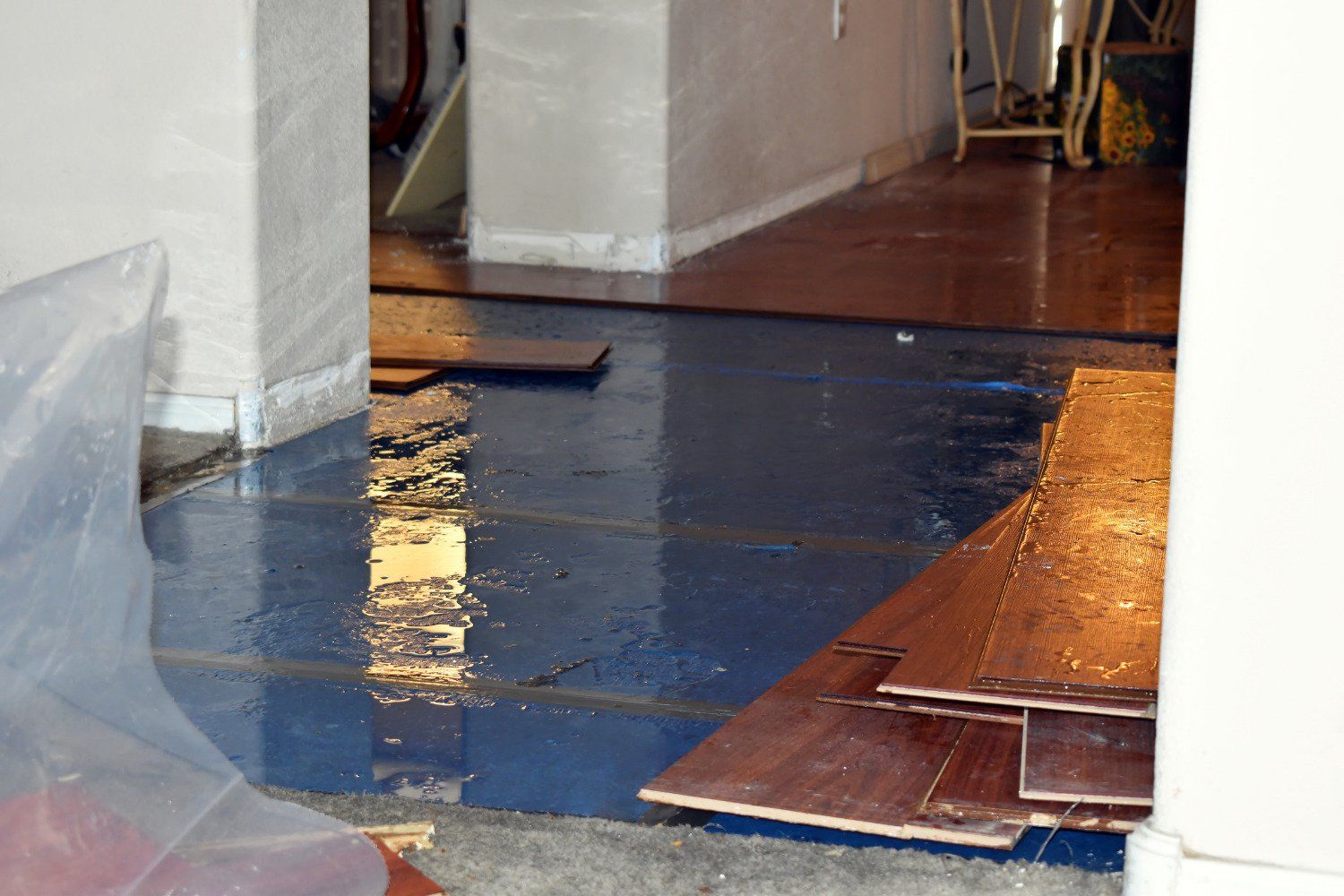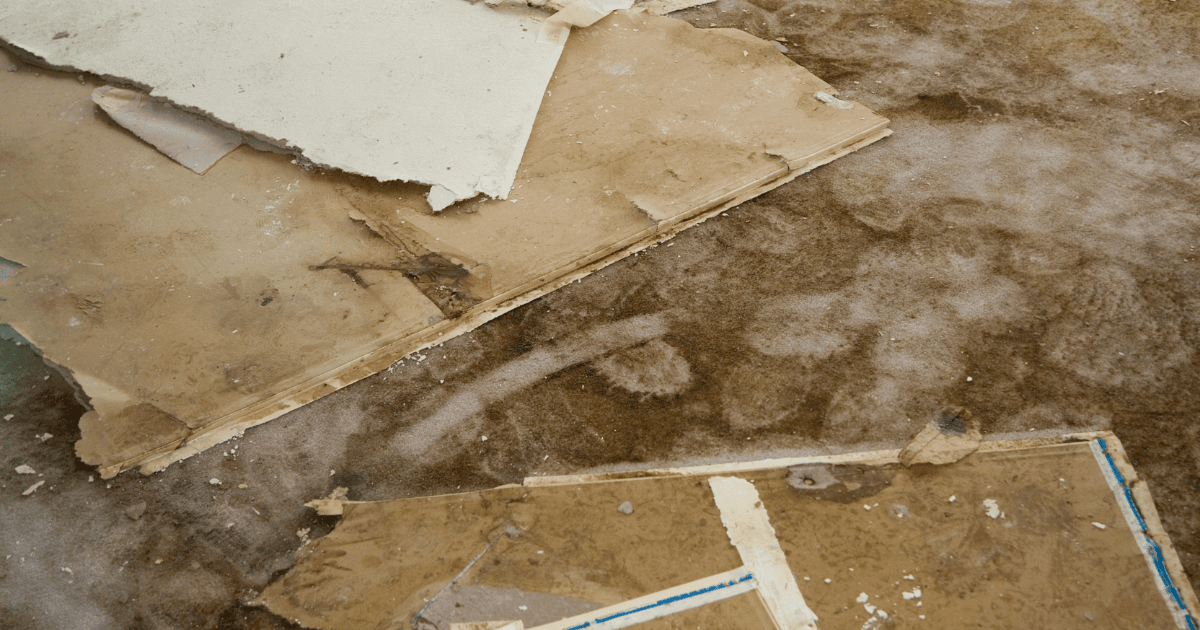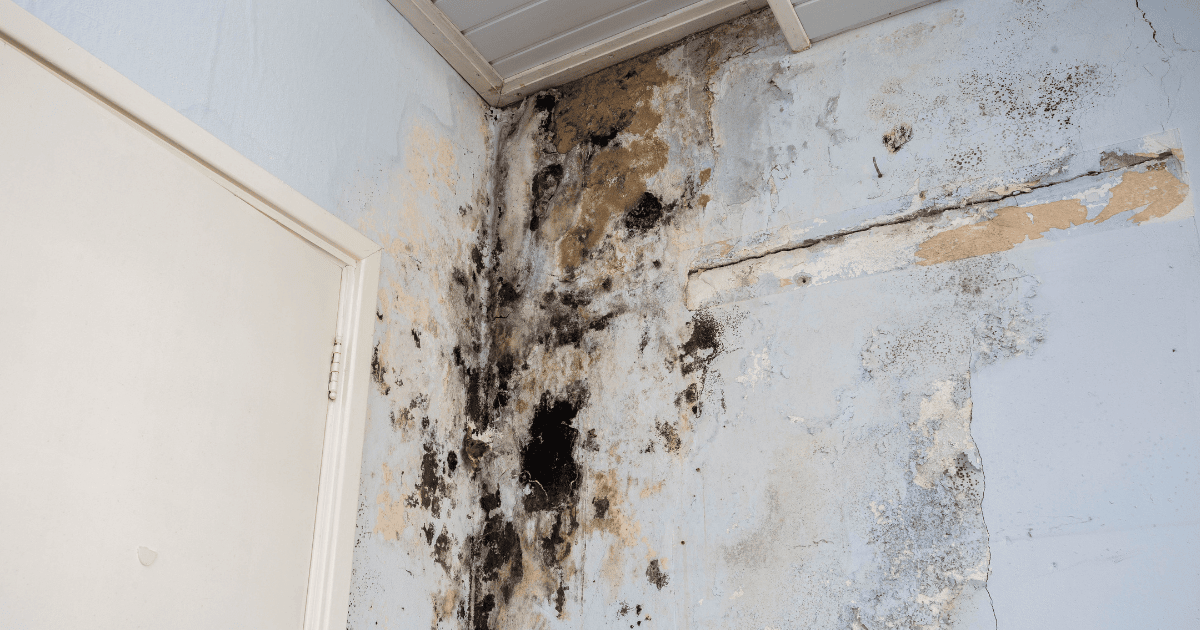How to Treat Water Damage Cleanup for Different Types of Water
Highland Park, United States - June 7, 2023 / Vinnie Mac /
Every water damage cleanup job is unique. The exact process used will greatly depend on several factors, such as the extent of damage and the source. Experienced water damage cleanup crews can create custom solutions based on the specific details of each project they are working on.
One of the biggest influencing factors in their decision-making is the type of water in the home or commercial building. Professionals will assess and classify the water damage in order to determine which extra steps may be necessary. Keep reading to learn more about how the water damage process can change based on the water classification.
Why are there Different Classifications of Water Damage?
As mentioned, water can come from different sources. Some of these sources are dirtier than others. Therefore, they may require more safety equipment or disinfecting steps. For that reason, it’s important that professionals be able to classify the water before they begin the actual restoration process.
The Institute of Inspection Cleaning and Restoration Certification (IICRC) breaks down the classifications into three distinct categories based on the cleanliness of the water and how difficult it is to remove. The three categories range from Category 1, which is the cleanest water, to Category 3, which is the dirtiest water.
Category 1: Clean Water Damage
If a home is flooded with clean water, it won’t require many extra steps to restore the property to its pre-loss condition. This is the easiest category of water damage to handle because there isn’t any risk of exposure to harmful contaminants. Clean water does not have any harmful microbes, chemicals, or biohazardous waste.
In most circumstances, this type of water damage is caused by a problem with the home’s main water supply or a malfunctioning appliance. However, this water can also come from external sources, such as snow melt, rainwater, or broken sprinklers.

While this type of water damage is the least hazardous to deal with, that doesn’t mean that there isn’t any risk. Even clean water can lead to mold and mildew growth if the water damage restoration or cleanup isn’t done promptly. It only takes 24 hours for mold to start growing in these conditions, so it’s still important that homeowners act fast.
Category 2: Grey Water Damage
The next category of water is grey water, which is not as dirty as category 3 black water, but it does put homeowners at risk for exposure to some contaminants. For example, this type of water may already have mold or microbes in it, or it could contain laundry detergent, dirty dishwater, or other chemicals. Since it has these types of contaminants, it is more likely to cause health problems if it comes in contact with humans. For that reason, it requires specialized safety equipment and cleaning.
In most cases, this type of water is coming from an unsanitary source, such as a toilet or washing machine. However, it can also be water damage that has gone untouched for an extended period of time.
Pets and family members should be removed from the area when dealing with this type of water damage, and gloves should be worn at all times when handling the cleanup.
Category 3: Blackwater Damage
Finally, the worst type of water damage cleanup is category 3 black water. It is the most hazardous type of water to handle because it may contain chemicals, biohazardous waste, bacteria, pesticides, or raw sewage. Water doesn’t have to actually be black to receive this classification. It is purely based on the potential risk.
Blackwater can be from natural disasters, and any flooding caused by freshwater or ocean water is automatically classified as category 3 because of the unknown contamination. It can also come from raw sewage backups.
The exact cleaning methods used for this type of water will largely depend on the type of contaminants. Therefore, it’s important that homeowners leave this type of water damage cleanup to an experienced professional. It’s also dangerous to come in contact with this type of water, and the average homeowner doesn’t have access to the proper equipment required to stay safe. For that reason and more, this should never be a DIY job.
Contact a Professional for More Info on the Different Types of Water Damage Cleanup
No matter what time of water damage cleanup a homeowner may be dealing with, The Restoration Group – Central NJ knows the best methods for getting the job done right. Customers can contact them to learn more about how they deal with the different categories of water damage by calling or filling out their online contact form. Customers can also call for 24/7 emergency services if they are facing a water damage disaster!

Contact Information:
The Restoration Group - Central NJ
155 N 6th Ave
Highland Park, NJ 08904
United States
Adi Schwartz
(732) 334-3620
https://www.therestorationgroupcentralnj.com/
Original Source: https://www.therestorationgroupcentralnj.com/services/water-damage-restoration/how-to-treat-water-damage-cleanup-for-different-types-of-water


